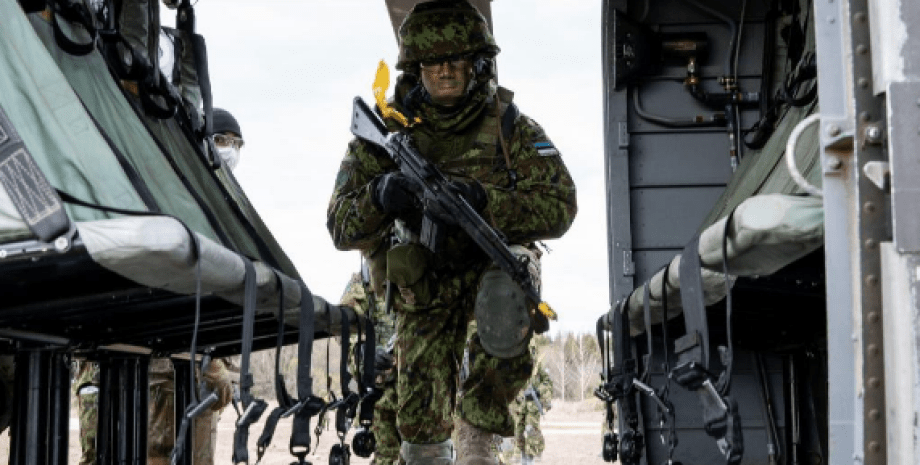
It is about strengthening the borders of three countries - Lithuania, Latvia and Estonia - fortifications and the arrangement of more than 1000 concrete bins. The fortified border will divide the Baltic and Russia countries, Belarus and the militarized Russian enclave Kaliningrad. Only one Estonia plans to spend about 60 million euros for the construction of 600 such structures along the border with Russia.
"Each bunker will have an area of about 37 square meters, it will be able to accommodate about 10 soldiers, and it will be protected from artillery blows. In addition, there will be ammunition and structures such as anti -tank mines, moats, barbed wire and concrete pyramids nearby. , known as the Dragon Teeth, - said the Deputy Minister of Defense of Estonia Suzan Lillevalva.
As the Estonian military explains, the project is realized at high speed, which is caused by fears of the Kremlin's attack on the Baltic States. On Tuesday, February 13, external intelligence Reports warned that Russia intends to place twice as many troops near the borders of the Baltic States than 19,000 people who were concentrated here before a full -scale invasion of Ukraine.
Intelligence report also describes Russia's plans for the creation of a new army corps that may be based on Petrozavodsk, northeast of St. Petersburg, and will cover the border with Finland. In general, the idea, according to the officer of the Lithuanian army and researcher of the Baltic Institute of Advanced Technologies in Vilnius, Donatas Palavenis, is to slow down the strength of the invasion of the forces where NATO will be able to repel on more acceptable conditions.
"Construction of this fortified line will undoubtedly take time and resources, but its efficiency is obvious in the war in Ukraine, where troops are not able to effectively break through obstacles and win a large territory," Pavenis said. He adds that since the Baltic States have no depth of defense to detain the enemy, the struggle will be conducted for every centimeter of the territory, which will require the creation of artificial obstacles and fortifications to minimize losses.
According to the Estonian Ministry of Defense, it will take four to seven times more people to capture such positions than without fortifications. "Even if the line is not able to keep, it will at least give the defenders a valuable time to regroup and receive reinforcements from other NATO members," the military said. Baltic countries are especially interested in depriving Russia of the opportunity to create its own defense in any occupied territory.
Experts have studied the war in Ukraine in detail and the fact that the counter -offensive of Ukrainians was not successful, as well as why Russians cannot continue to move to the heart of Ukraine. "There are all kinds of opposition measures: moats, rows of" Dragon teeth ", mine fields. Everything works," they say. And they add that the main lesson is to find ways to stop the promotion of Russian armored parts, because if they are allowed to escape, you can protect all countries.










All rights reserved IN-Ukraine.info - 2022